Closing the gap annual reports released
Current topicTwo critical reports were released today, the Closing the gap: Prime Minister’s report 2015 and the Closing the gap – progress and priorities report prepared by the Close the Gap Steering Committee.
The Prime Minister, Tony Abbott, released the Closing the gap report in parliament today. This is the seventh annual report card on the progress made toward meeting the nation’s targets to close the gap in life expectancy, early childhood, health, education and employment between Indigenous and non-Indigenous Australians.
‘This seventh Closing the gap report is in many respects profoundly disappointing,’ Mr Abbott told parliament. ‘Despite the concerted efforts of successive governments since the first report, we are not on track to achieve most of the targets.’
Mr Abbott said the government would work more closely with Indigenous communities, business, police, the health sector and schools to improve school attendance, create jobs and training, reduce violence fueled by drugs and alcohol and deal with key health issues.
The report showed Australia was on track to halve the gap in Year 12 attainment rates for Aboriginal and Torres Strait Islanders aged 20 to 24. The target to halve the gap in mortality rates looks achievable by 2018. Mr Abbott said the new target of closing the school attendance gap within five years should be achievable.
Targets the report shows have not been met or not on track to be met include:
- closing the gap in life expectancy by 2031
- ensuring access to early childhood education for all Indigenous four-year-olds in remote areas by 2013
- halving the gap in reading and numeracy by 2018
- halving the gaps in employment outcomes by 2018.
The 2015 Close the gap progress and priorities report, released by Campaign Co-Chairs, Mick Gooda and Kirstie Parker, has a number of key recommendations, including:
- that the National Aboriginal and Torres Strait Islander health measures survey (NATSIHMS) findings are used to better target chronic conditions in the Aboriginal and Torres Strait Islander population
- that the Australian Government continues to lead the COAG Closing the gap strategy
- that the Australian Government restore the National Indigenous Drug and Alcohol Committee.
The Campaign has also called for clear alignment of the Indigenous Advancement Strategy with the Closing the gap strategy; resotoration and increase of funding to vital Indigenous anti-smoking initiatives; development of a dedicated Aboriginal and Torres Strait Islander mental health and social and emotional wellbeing plan to complement others relating to general health, suicide prevention and drug use; new Closing the gap targets to reduce imprisonment and violence rates; and a comprehensive implementation plan for the National Aboriginal and Torres Strait Islander health plan.
Commissioner Gooda and Ms Parker said closing the gap in health equality between Aboriginal and Torres Strait Islander people and other Australians is an agreed national priority. ‘All political parties and almost 200,000 Australians have committed to end the health equality gap by 2030,’ they said. ‘With 15 years to go, we need to build on success. We need to continue the national effort as a priority and we need to expand and strengthen these efforts with bold policy initiatives.’
Source: Australian Human Rights Commission, Department of Prime Minister and Cabinet, SBS
- Further information:



